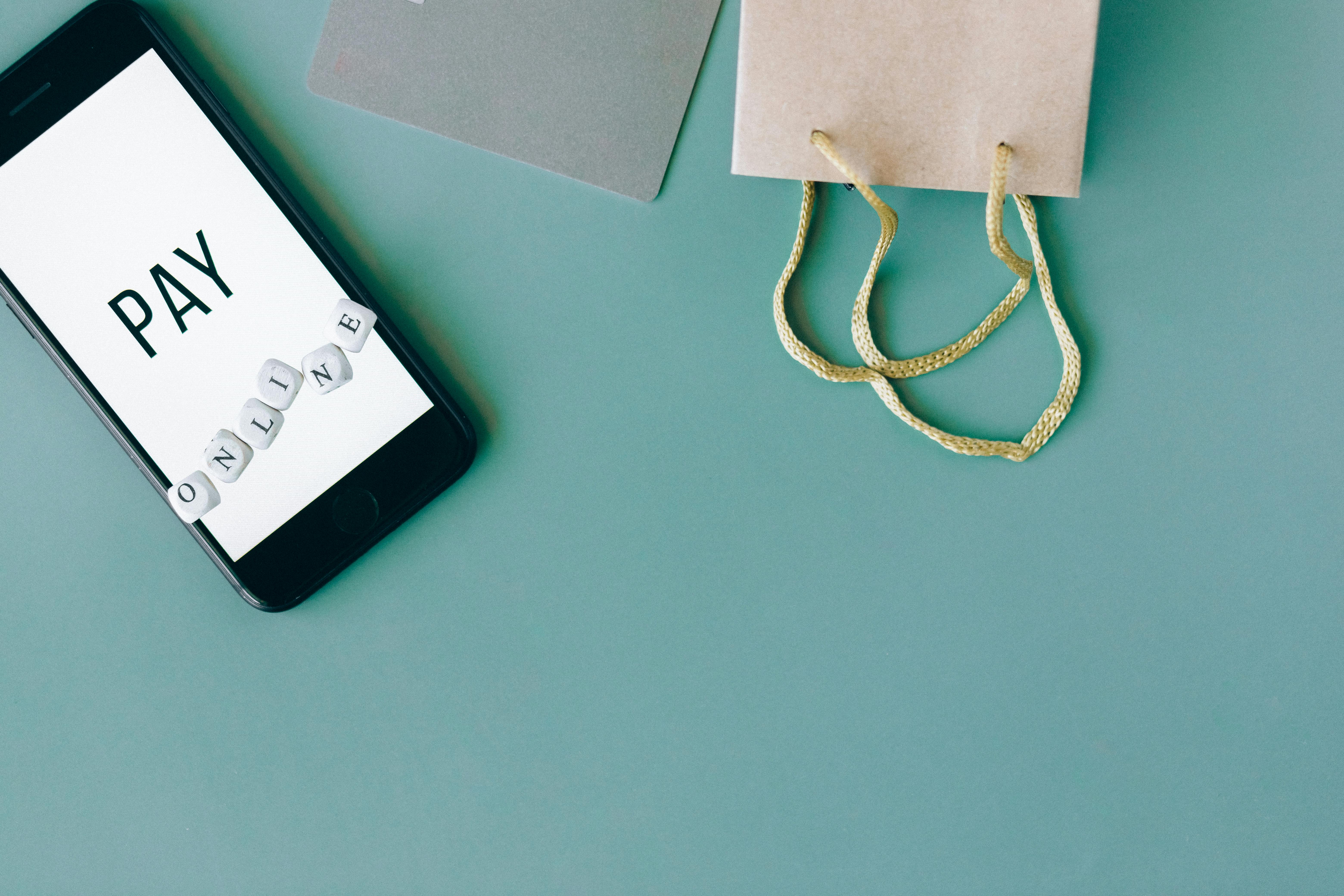Effective Ways to Unlock an iPhone in 2025
Unlocking an iPhone has become a crucial topic for users navigating various access issues. Whether you've forgotten your passcode or need to bypass a carrier lock, understanding your options is key. This article explores the latest methods to unlock your iPhone in 2025, addressing common challenges and providing practical solutions. By the end, you'll feel empowered to unlock your device successfully.
The benefits of being able to unlock your iPhone go beyond convenience; it opens up a range of possibilities for using your device across different carriers, accessing locked content, and even recovering your data. Moreover, knowing how to remove a lock can be especially helpful in emergency situations where immediate access is essential. Here's a roadmap of what we will cover: different unlocking methods, using iTunes and iCloud, and tips for safely handling your device.
Key Takeaways:
- Several methods exist to unlock your iPhone, each with unique steps and conditions.
- Understanding your iPhone's security features is vital in choosing the right unlocking approach.
- Follow the recommendations for each method to avoid data loss or further complications.
Understanding iPhone Unlock Options
Before diving into unlocking techniques, it's essential to understand the various iPhone unlock options available today. Each method has its own set of requirements and effectiveness levels. Let's explore the primary options:
Using iTunes to Unlock Your iPhone
iTunes remains a reliable tool for unlocking certain iPhone models. To use this method, make sure you have the latest version of iTunes installed. Begin by connecting your device to the computer. If you've forgotten your passcode, you will need to put your iPhone into Recovery Mode. Follow these steps:
- Connect the iPhone to your computer and open iTunes.
- Put your iPhone into Recovery Mode by pressing the appropriate button combination for your model.
- Once in Recovery Mode, iTunes will automatically detect your device and provide you with options to restore it.
Be aware that using this method results in data loss if not backed up. However, it effectively removes the passcode and allows you to set up your device as new.
Unlocking iPhones via iCloud
If your iPhone is linked to an Apple ID, you can use iCloud to unlock it. This method works best if you have 'Find My iPhone' enabled prior to losing access. Here's how:
- Visit iCloud.com and log in with your Apple ID.
- Select 'Find iPhone' from the menu.
- Choose your locked device and click on 'Erase iPhone.' This removes the passcode and allows you to set it up as new or restore from a backup.
This technique is especially useful for recovering data while bypassing the lock screen. However, make sure you remember your Apple ID credentials.
Factory Reset iPhone
In situations where other methods fail, performing a factory reset can restore access to your device. This erases all data, so only consider it as a last resort:
- Go to Settings > General > Reset.
- Select 'Erase All Content and Settings.'
- Confirm your choice, and your iPhone will begin the reset process.
Once complete, you can restore from a backup if you have one. This method is straightforward but results in total data loss unless a backup was made.
Common Pitfalls to Avoid When Unlocking
Unlocking your iPhone can be straightforward if you know the common pitfalls to avoid. Failing to back up your data before using iTunes or factory resetting it can result in permanent data loss. Additionally, using unverified third-party unlock services often leads to complications and potential scams. Always prioritize secure and reliable methods when seeking assistance.
With these unlocking methods in mind, let's explore more specific techniques, particularly targeted at bypassing iPhone locks based on different conditions and scenarios.

Bypassing iPhone Locks: Techniques and Services
Having established basic unlock methods, we can now delve into various techniques and services specifically aimed at bypassing iPhone locks, including third-party options and professional services.
Using Third-Party Unlocking Services
Numerous third-party services claim to unlock your iPhone without the need for iTunes or iCloud. While some are legitimate, others may not achieve the desired results or could compromise your data security. Research and user reviews can help determine which services are trustworthy. Examples of reputable services include DoctorSIM and UnlockBase.
Unlocking Older iPhones
Older iPhone models like the iPhone 7, 8, and even the iPhone 6 may have different unlocking processes due to variations in software and iOS updates. Make sure to verify the compatibility of the unlocking method you choose with your particular model. Sometimes, older devices might require more manual or specialized techniques.
Using iPhone Unlock Tools
There are software tools designed to assist in unlocking iPhones, such as Tenorshare 4uKey and iMyFone LockWiper. These tools provide step-by-step instructions and often have success rates verified by users:
- Download the desired unlocking software on your computer.
- Connect your iPhone and follow the prompts for unlocking.
- Ensure you read the fine print and understand potential data loss implications.
These tools are a viable alternative; however, ensure the software comes from a reputable provider to safeguard your device.
Unlocking via Apple ID for iCloud Locked Devices
If your iPhone is iCloud locked, you'll need to use your Apple ID to regain access. This method can often seem tricky, but you can reset your Apple ID password on the Apple ID account page, provided you have access to the email or phone number linked to the account. Once reset, use the new password to unlock your device.
Preventing Future Unlock Issues
After successfully unlocking your iPhone, it's crucial to consider measures to avoid future lock-out situations. Regularly updating your backup and activating features such as Two-Factor Authentication can provide additional layers of security. Remember to keep all credentials secure to facilitate easy access when needed.
Now that we have discussed bypassing various iPhone locks and the necessary precautions, let’s take a look at the essential steps to maintain device integrity while unlocking.

Maintaining Data Integrity During the Unlock Process
When unlocking an iPhone, maintaining data integrity should be a priority. Losing valuable information can add stress to an already complicated process. Here are effective strategies to ensure your data remains intact during the unlocking process.
Backing Up Your iPhone Before Unlocking
Before you initiate any unlocking method, a complete backup of your device is wise. You can do this via iTunes, iCloud, or third-party software. Each method ensures your data is accessible post-unlocking. Here's the quick guide:
- For iTunes, connect your device, select it on iTunes, and choose 'Back Up Now.'
- If using iCloud, go to Settings > your name > iCloud > iCloud Backup > Back Up Now.
Being diligent will prevent irreversible data loss.
Understanding Software Limitations
Different software and methods have specific limitations on what they can achieve in terms of unlocking and data recovery. Familiarize yourself with what your chosen method offers. For example, some third-party unlockers may only work with specific iOS versions. Always check the requirements before proceeding.
Data Recovery Options Post-Unlocking
If you accidentally lose data during the unlock process, several recovery options can help restore your information. Tools like EaseUS MobiSaver and Dr.Fone provide solutions for retrieving lost files from your iPhone. To maximize recovery chances, stop using the device as soon as data loss is detected.
Securing Your iPhone After Unlocking
Once you've successfully unlocked your iPhone, take steps to secure it against potential lockouts in the future. Set up biometric security, like Touch ID or Face ID, and ensure you regularly update your Apple ID password. Keeping your software updated can prevent security vulnerabilities that lead to locking out of the device.
Common Mistakes to Avoid While Unlocking
Throughout the unlocking process, certain pitfalls to avoid include skipping backups, using untrustworthy third-party services, or ignoring user instructions provided by unlock tools. Each of these could lead to a frustrating experience instead of a successful unlock.
With a solid understanding of safe unlocking practices and methods to maintain data integrity, we can now explore guiding you through practical Q&A scenarios you might encounter while attempting to unlock your device.
Q&A: Addressing Common Unlocking Concerns
In this section, we tackle some frequently asked questions regarding unlocking iPhones, ensuring you have informative answers at your fingertips.
What Should I Do If I've Forgotten My Passcode?
If you've forgotten your passcode, begin by attempting to use Recovery Mode via iTunes. Alternatively, you can use iCloud to erase the device and start afresh. Just remember to back up your information before doing so.
Is It Possible to Unlock My iPhone Without a Computer?
Yes, using iCloud, you can unlock your iPhone without needing a computer, provided you have access to your Apple ID. However, this will still require an internet connection and the Find My iPhone feature enabled.
Can Third-Party Services be Trusted for Unlocking?
While many third-party services are credible, thorough research is essential. Look for user reviews, and ensure they comply with Apple's guidelines to avoid any negative impacts on your device.
How Can I Prevent Future Lockouts?
Preventing future lockouts involves regular updates to your software, using strong passwords, and enabling features like Two-Factor Authentication. Consistency in these practices can minimize issues down the line.
What Are the Risks of Factory Resetting My iPhone?
The primary risk of a factory reset is data loss. Before proceeding, ensure you have secured all personal files through backup methods. This action should be taken as a last resort.
With this comprehensive understanding of unlocking your iPhone, you are now equipped to navigate the complexities of unlocking efficiently and safely.
